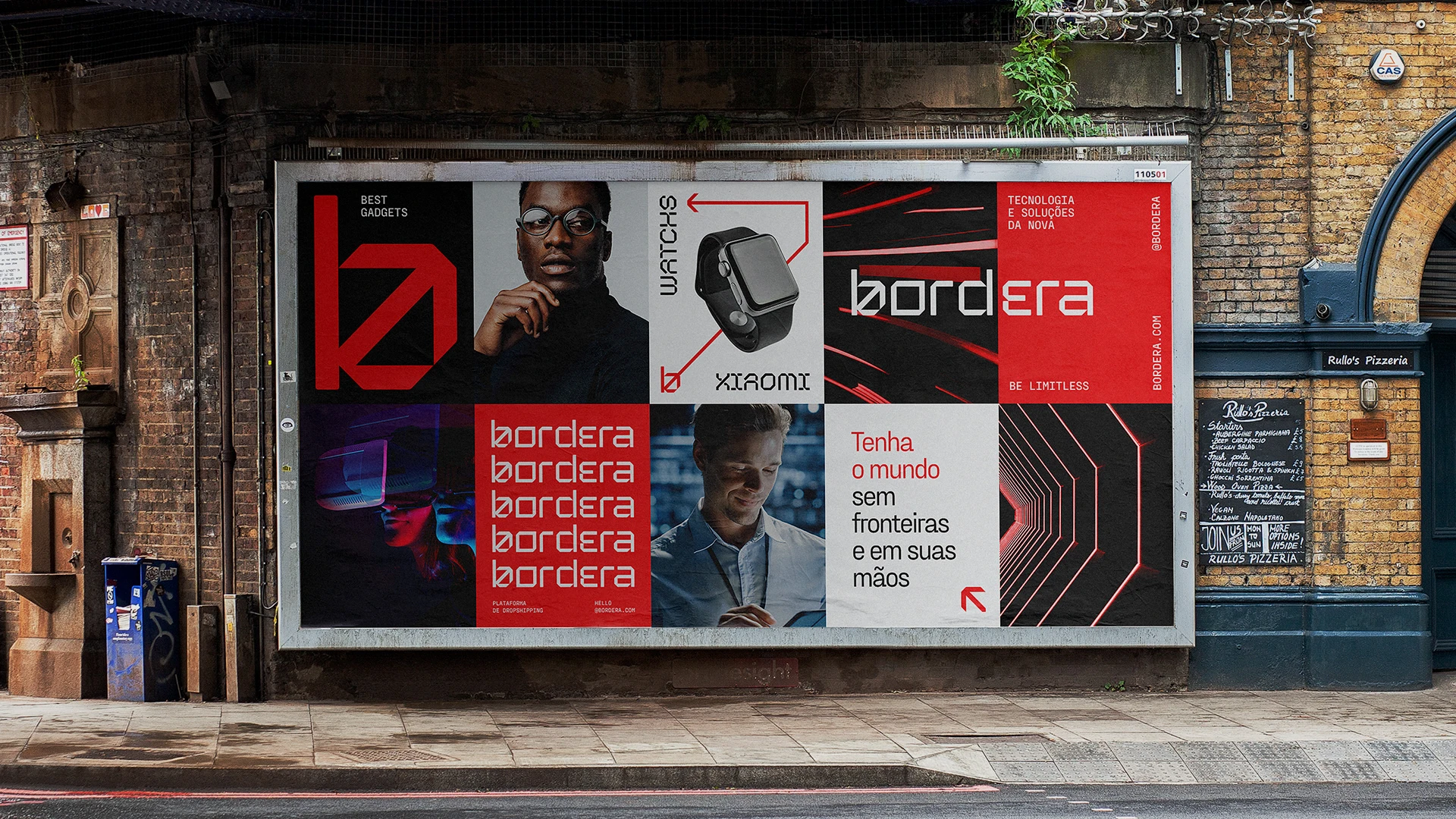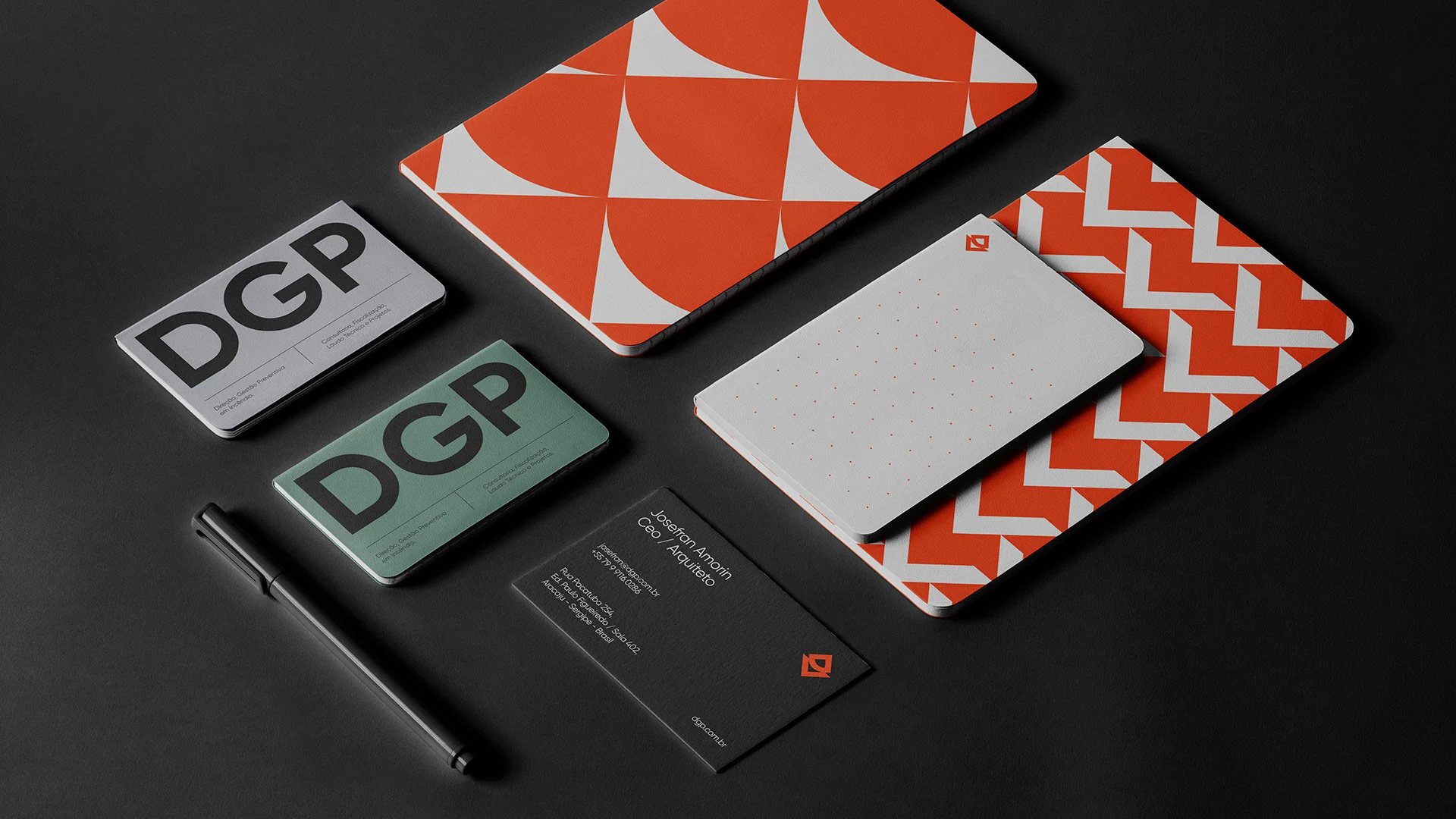The Importance of Branding

GROWTH | branding | April 2024
Content we will read:
Branding | The difference between branding and marketing | Business branding
Reading time: 7 minutes
The Importance of Branding
Contrary to popular belief, companies don't sell products. They sell experiences, feelings, and ideologies. Businesses with amazing brands like Apple know exactly what experience they want customers to have when they make (or consider) a purchase.
This article discusses how to create and manage a brand to help businesses.
Contrary to popular belief, companies don't sell products. They sell experiences, feelings, and ideologies.
What is a brand?
A brand is the identity and story of a company that makes it stand out from competitors that sell similar products or services. The goal of branding is to earn space in the minds of the target audience and become their preferred option for doing business.
Brands are an effective way for companies to communicate their vision. A brand clarifies what a company stands for and why. A brand also refers to the overall experience a person has when interacting with a business — as a shopper, customer, social media follower, or mere passerby.
What is branding?
Branding is the process of creating the brand identity of a company. This process also delivers materials that support the brand, like a logo, tagline, visual design, or tone of voice.
In a nutshell, branding is the process of researching, developing, and applying a distinctive feature or set of features to your organization so that consumers can begin to associate your brand with your products or services.
Branding is in social media captions, billboard color palettes, and the materials brands use for their packaging. Companies that create strong brands know that their brand identity needs to live everywhere. They know their names extend far beyond the label and can entice consumers to choose their products out of a lineup of options.
For example, the Coca-Cola brand has one of the most recognizable logos around the world. The classic red and white lettering, vibrant artwork, and distinctive font have captured buyers' attention for over a century.
Having stood the test of time, the Coca-Cola brand is a testament to the power of consistent, successful branding that consumers have come to love.
That said, branding is an iterative process and requires getting in touch with the heart of your customers and your business. However, it's not exactly the same as marketing.

Branding vs. Marketing
While it's easy to combine branding and marketing into one discipline, they're quite distinct. It's also common to hear branding and marketing compared in terms of priorities. The truth is, they are both essential to a successful business and must work in harmony for a business to grow.
Put simply, branding is the identity of a company, and marketing includes the tactics and strategies which communicate that vision.
As a business grows, both branding and marketing get more complex. This growth often means that both areas of a business will develop strategies and tactics to support different goals. In branding, these actions usually support the business’s story and identity. In marketing, these actions usually amplify a company's products, customers, or other initiatives in order to drive sales.
| Branding | Marketing |
|---|---|
| Develops the brand identity | Develops campaigns that connect the barnd to products, mission, and goals |
| Builds customer trust with story | Builds customer trust with actions |
| Strategies and tactics to support identity and story | Strategies and tactics to support products and campaigns |
| The story about why your company exists | Supports brand story with specific initiatives |
| Focus on how an audience feels about your company | Focus on how an audience does with your company |
Features of branding and marketing
The Importance of Branding
Your brand is arguably one of your organization’s most important assets. It gives your organization an identity, makes your business memorable, encourages consumers to buy from you, supports your marketing and advertising, and brings your employees pride.
1. Influencing purchasing decisions.
Branding can be the deciding factor for consumers when they make a purchase decision. In fact, a 2021 Razorfish study found that 82% of surveyed consumers buy from brands that stand for a greater mission or purpose. Around 67% say the brands they buy from make them a better person.
2. Creates an identity for your business.
A brand extends beyond a company’s product or service. Branding gives your business an identity. It gives consumers something to relate to and connect with beyond the product or service they're actually purchasing.
3. Helps customers remember your business.
Branding makes your business memorable. It’s the face of your company and helps consumers distinguish your business across every medium.
4. Boosts advertising and marketing.
Branding supports your marketing and advertising efforts. It helps your promotion pack that extra punch with added recognition and impact.
5. Builds employee support.
Branding brings your employees pride. When you brand your company, you’re not only giving your business identity, you’re also creating a reputable, highly-regarded workplace. Strong branding brings in strong employees.

How to Create a Brand
Branding is a team effort, and there are many stakeholders who should be involved in the process.
Remember that this is a continuous and iterative process and generally you need the following steps for this:
1. Determine your target audience.
2. Establish your mission statement.
3. Define your values, features, and benefits.
4. Create your visual assets.
5. Find your brand voice.
6. Market your brand.
1. Determine your target audience.
Branding leads to awareness, recognition, trust, and revenue. for whom? consumers. And not just any consumers — your target audience and customers. 70% of consumers say that they want a personalized experience.
If your brand doesn’t resonate with your audience, it won’t lead to that awareness, recognition, trust, and revenue. You need to know who your brand's target audience is. Who does your product serve? Who is your ideal customer?
2. Establish your mission statement.
Let’s return to the question asked in the last step: Why did you create your business? Answering this will help you build your mission statement. This statement defines your purpose and passion as an organization. why should people care about your brand?
Before you can craft a brand that your audience recognizes, values, and trusts, you must be able to show what your business has to give. Then, every part of your brand (logo, tagline, imagery, voice, and personality) can reflect that mission and vision.
3. Define your values, features, and benefits.
There are probably lots of businesses in your industry and niche. It’s easy to focus on your competition, but, for now, let’s focus on you.
What’s one thing that your business has that no one else can mimic (er, legally)? Your brand.
Because of that, you must make sure that your brand is made from and inspired by elements that are solely yours: the values, benefits, and qualities that make your company unique.
If your brand doesn’t resonate with your audience, it won’t lead to that awareness, recognition, trust, and revenue.
How you communicate with your target market is also considered part of your branding. You want to define a brand voice that connects and resonates with your audience — otherwise, they probably won’t pay attention. Because of that, don’t hesitate to return to step one to get familiar with to whom you’re speaking.

4. Create your visual assets.
At this point, you should understand your target audience, your mission statement, and the unique qualities that make up your business.
Can you say with confidence that you’ve finished these steps? If your answer is yes, it’s time to move on to one of the more exciting parts of branding — the visual design. We’re talking about your logo, color palette, typography (fonts), iconography, and other visual components.
As you create these elements, build a set of brand guidelines (or a brand style guide) to govern the composition and use of your visual assets.
Note: Design can be just as intimidating as it is exciting. Consider hiring a professional with logo and identity design experience
5. Find your brand voice.
Next, consider the voice of your brand. What would your brand sound like if you had a conversation with it, or if it texted you?
How you communicate with your target market is also considered part of your branding. You want to define a brand voice that connects and resonates with your audience — otherwise, they probably won’t pay attention. Because of that, don’t hesitate to return to step one to get familiar with to whom you’re speaking.
6. Market your brand.
Your brand only works if you do. Once you finish designing and creating your new brand (or rebrand) integrate it throughout every inch of your business. Pay extra attention to make sure that it’s displayed anywhere your business touches customers. Here are a handful of tips for applying your brand across your organization:
1. Website
2. Social Media
3. Packaging
4. Advertising
5. Sales and Customer Service

Showing the true identity of any brand, and using various methods of using it depends more than anything on what and why your business is. This path depends on the cooperation of specialized teams and the use of all necessary tools. MINE will be with you on this path.
Sources used for this content:
Hubspot

0